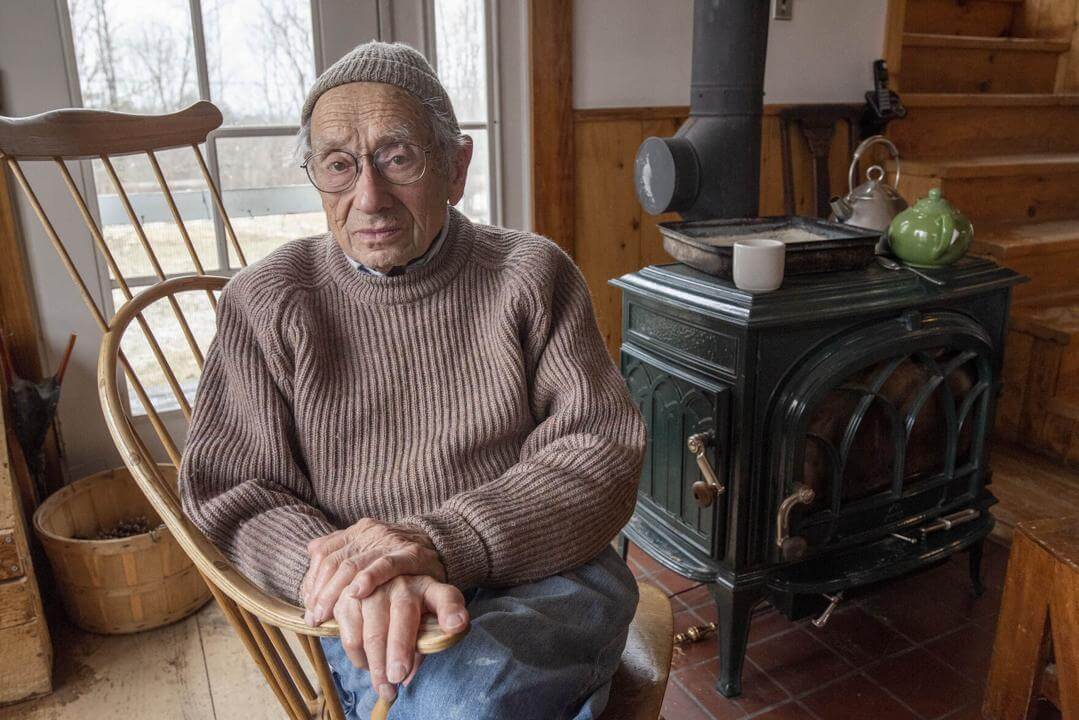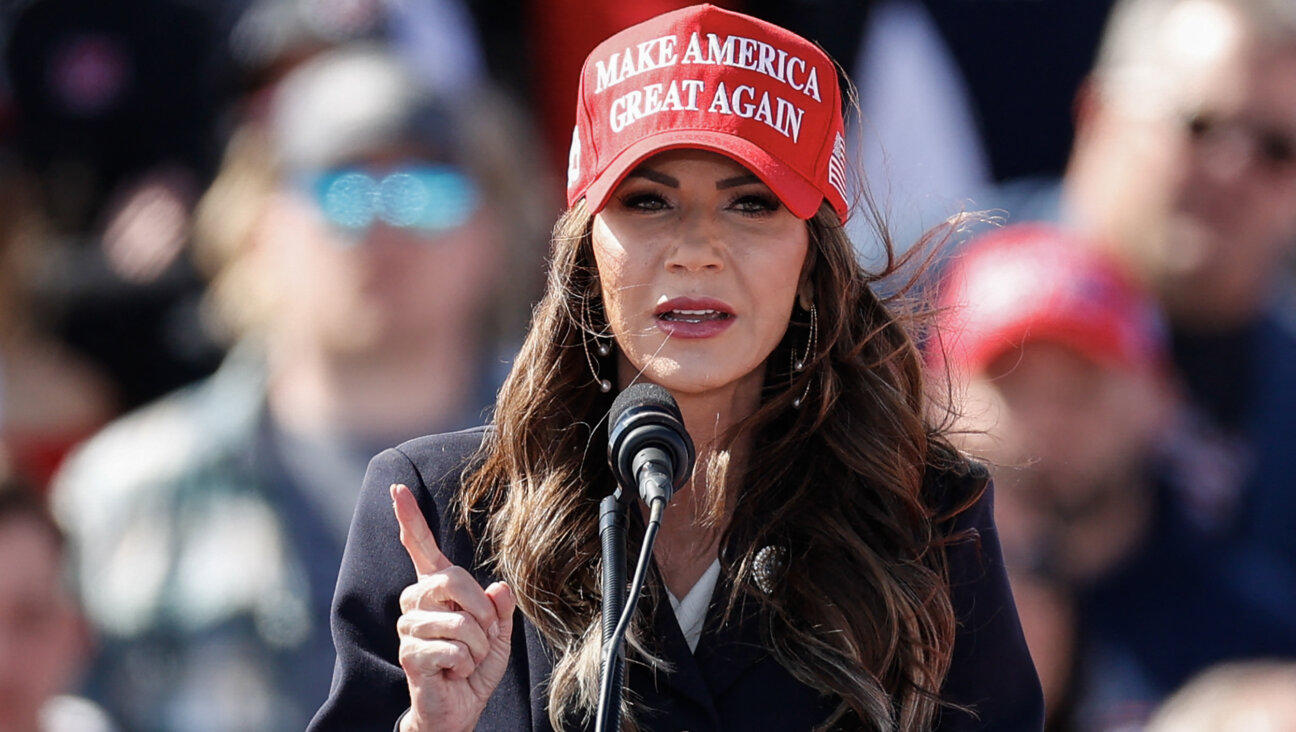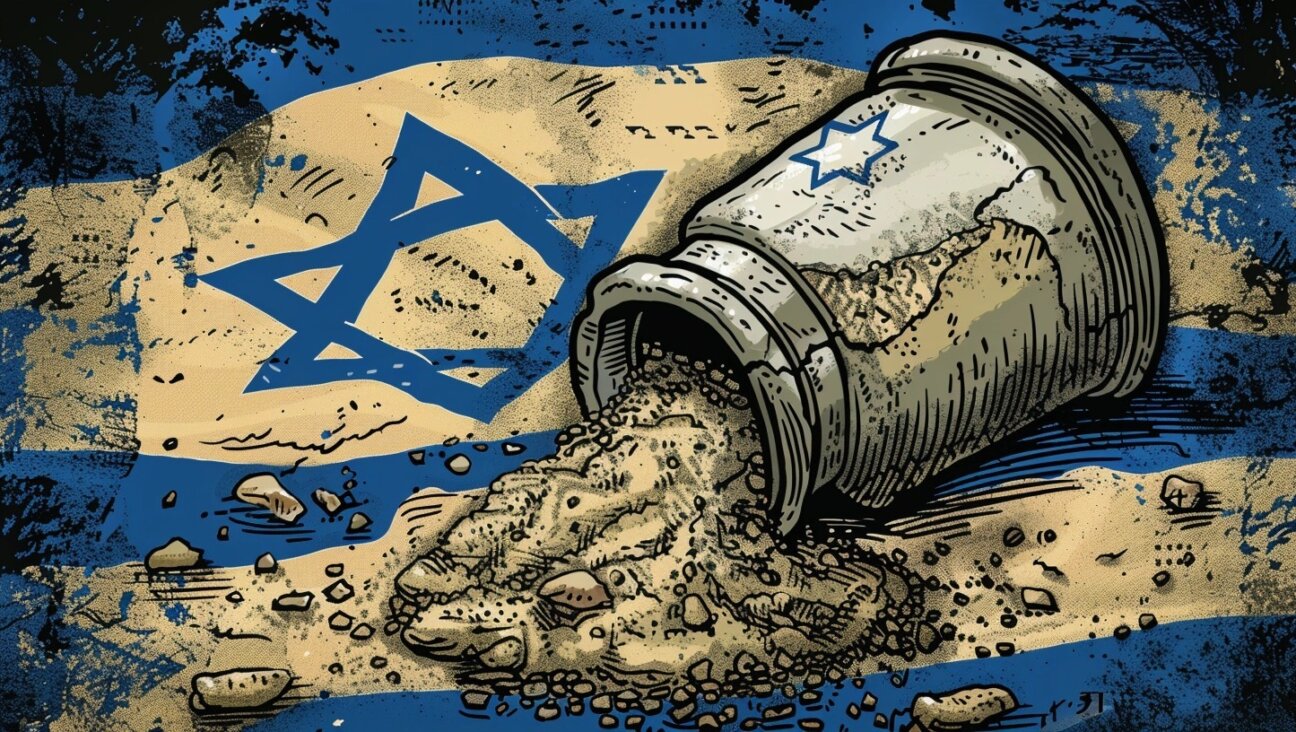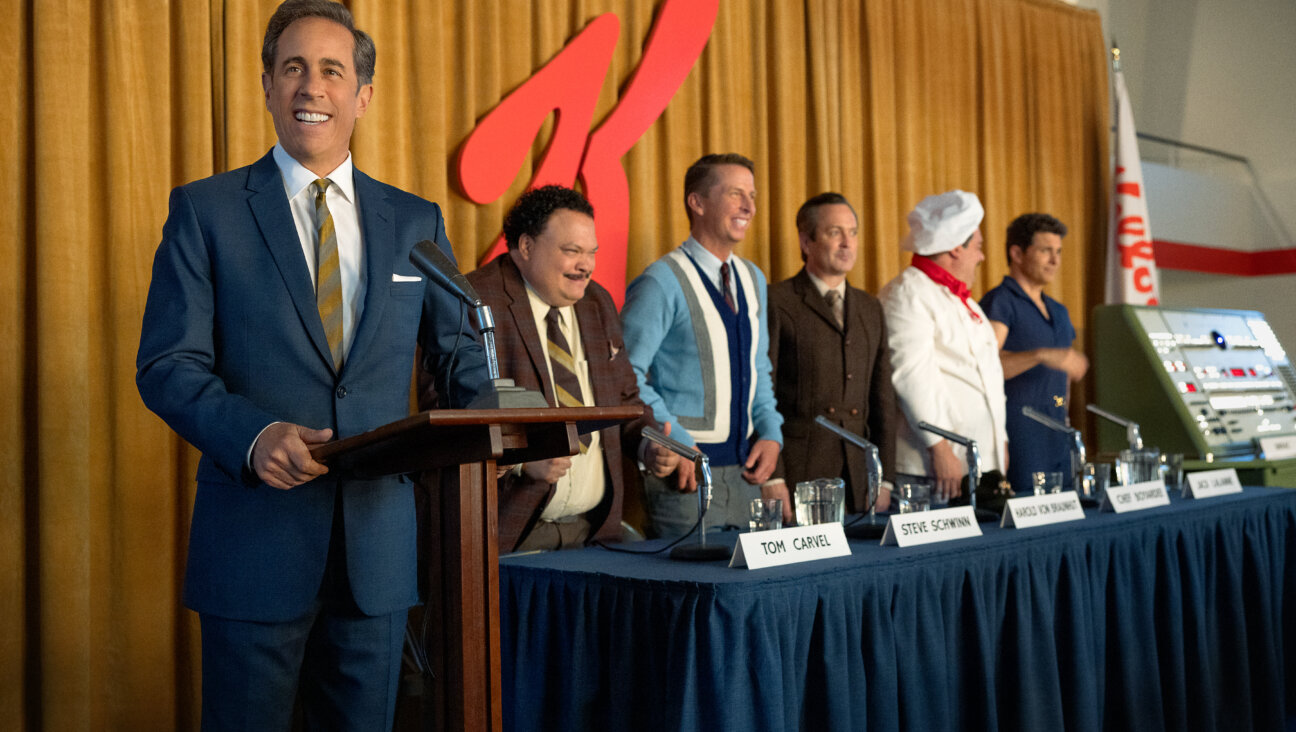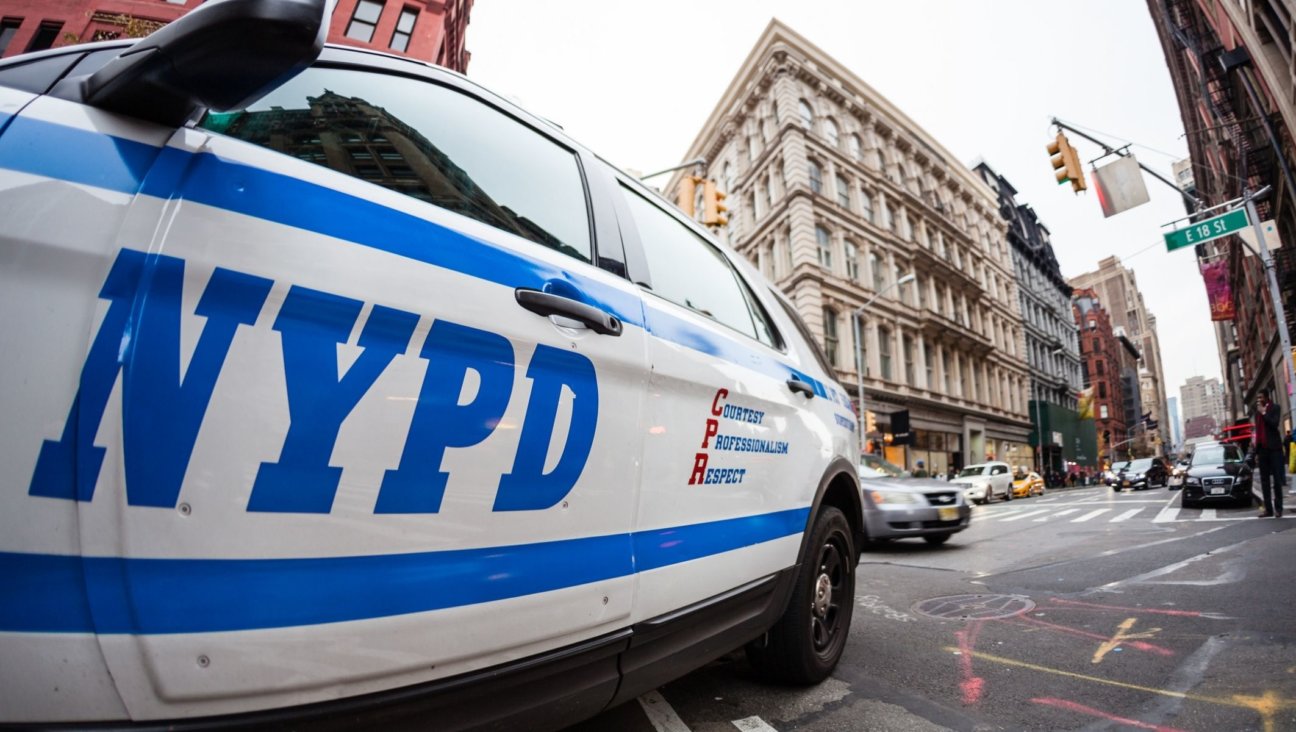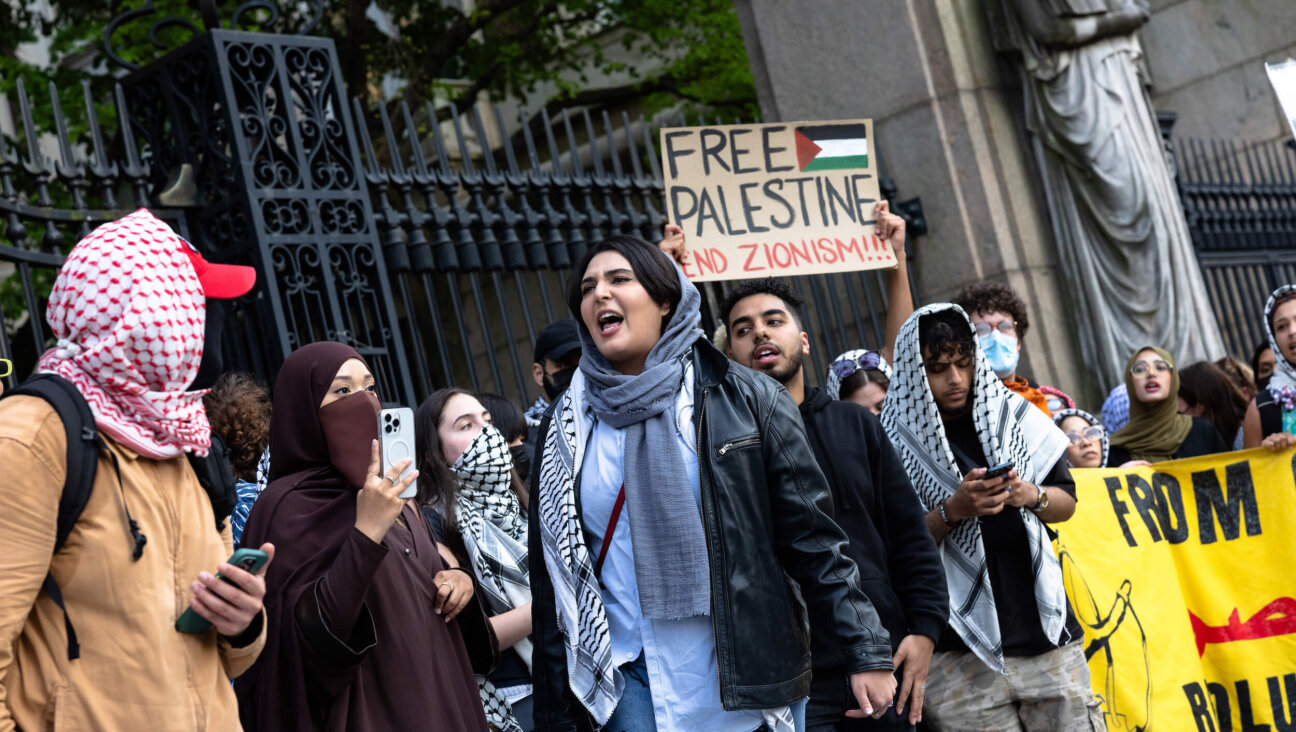Actually, Toto, We Are Still In Kansas

Image by Kurt Hoffman
The morning of the annual Old Mission Hills Fourth of July Party, I warned Adharsh, my boyfriend at the time who was visiting from New Orleans, about what to expect.”
“We’re kind of going to stick out,” I said. “My family, I mean. We always do.”
“Speak for yourself,” he said, grinning. “I came prepared.” He pulled a powder blue polo shirt over his head.
Mission Hills, an enclave of Tudor mansions and stucco haciendas looming atop the hills, is the WASPiest suburb of Kansas City. Local real estate developer J.C. Nichols laid out the plans in 1914, catering to wealthy businessmen who wanted to move away from downtown. The neighborhood is on the Kansas side of Kansas City, bordering State Line Road. Evan Connell set his novels “Mr. Bridge” and “Mrs. Bridge” in the white-columned house he grew up in, and Ernest Hemingway penned “A Farewell to Arms” while living on Indian Lane. A century after the first houses were built, the town has the highest median income of any town in the state, and is, as of 2010, 98.6% white.
Adharsh, is South Indian and frequently gets mistaken for black, but I figured he probably still wouldn’t stick out as much as my mom would.
While the other women clustered around the picnic tables in Lilly Pulitzer sundresses and Brooks Brothers golf separates, their blonde hair glinting in the sun, Mom floated by in her red and blue tie-dyed dress. Her chunky clogs were the only shoes not sinking into the grass. Meanwhile, my dad manned the grill in a slightly less conspicuous untucked shirt and khaki shorts, roasting a couple dozen Hebrew Nationals.
Jews used to be outsiders here, even though Mission Hills was not one of the suburbs to outright ban them. The first Jewish families to move here were also the first Jews to buy their way into the decidedly goyish Kansas City Country Club. They blended in quickly, adopting the neighborhood’s dress code and sending their kids to Pembroke Hill and the Barstow School. And they stuck together — they still do. The Jews of Mission Hills are a tight-knit group, a short list of relatives whose names adorn the brass donor plaques at the New Reform Temple across State Line Road.
I tried to relate some of this background information to Adharsh on the car ride up from New Orleans, but I felt conflicted about my hometown. I love Mission Hills — it’s where I was raised and where my parents, whom I am very close to, still live. I feel incredibly lucky to have grown up there, in an English Tudor on Mission Drive, with a huge backyard perfect for playing make-believe games with my sister Phoebe, like Civil War Orphans and In Hiding (inspired by watching our Holocaust survivor grandmother introduce a local production of “The Diary of Anne Frank”).
But we don’t belong to any of the clubs, and, growing up, I didn’t know most of the neighborhood kids, since they went to private school instead of Prairie Elementary, where Phoebe and I went. They played lacrosse on professionally manicured lawns and walked with each other in the summer to the country clubs, monogrammed canvas pool bags slung over their tanned shoulders. They were polite to me every year at the Fourth of July party, but I don’t think they knew my name.
In middle school, I worshipped one girl in particular, a human-sized Barbie with blue doe eyes and perfect blonde hair. She always had the right kind of book bag and the right clothes, unlike my rolling backpack and Old Navy overalls.
My family sticks out politically, too, as liberals in this conservative stronghold. Before the last two presidential elections, Mom put up Obama signs in our front yard and replaced them repeatedly when they were stolen. Someone peeled the Obama sticker off of her very un-Mission Hills minivan. At City Hall voting booths, she was known as “The Democrat.” And there’s the story of how, after one particularly cringe-worthy sermon at the temple in which a former rabbi railed against intermarriage, Mom confronted him afterwards in the lobby. On our way home in the car, she dialed down the Bob Dylan blasting from the stereo and twisted around to face Phoebe and me.
“Girls, I don’t care what Rabbi C. said — you can date anyone you want, as long as he’s not a Republican.”
My parents weren’t like our Jewish neighbors, most of whom grew up with money. The men Dad’s age stepped into their fathers’ or grandfathers’ business, a bank or insurance company or corporate defense firm built in the 1950s or 1960s, some much earlier. There was always the immigrant from Russia or Poland or the Holocaust survivor who, for some reason, bypassed New York and Chicago and settled in Kansas City, Missouri, only a few dollars in his pockets and barred from some of the Kansas-side suburbs. One or two generations down the line, the move was made across the state line to Mission Hills, Kansas, children sent to Pembroke Hill. Then east for school, weekends spent at the country club instead of at the JCC.
All of the Mission Hills Jews seem to be related, except for us — everyone is someone else’s “cousin.” Unlike the others, my parents aren’t from Kansas City, but Tulsa, Oklahoma. Mom was raised Catholic, the fourth of seven. Hers was the last white family to move from north Tulsa in 1967, when they moved to a bungalow on East 17th Place, three blocks from Christ the King Church, where my grandparents went to Mass every Saturday evening. In this house, Grandma Mary baptized me in the kitchen sink when I was a baby and my parents were at a movie, and Grandpa Frank set up shop as the unofficial neighborhood Volkswagen mechanic.
Dad grew up across town in a GI suburb, the son of a high school dropout from Brooklyn and a Polish Holocaust survivor. My parents met at Booker T. Washington High, where they both transferred the year that the school reopened as the state’s first voluntarily integrated school. Dad, a senior, was part of the first integrated class, and Mom was a sophomore, two years behind. Her face is huge in her yearbook picture compared to the other snapshots, which had to be zoomed out to include massive Afros. Their first date was a Rolling Stones movie at the Brookside Theater. The theater still stands, and Mom retells the story whenever we drive by it on visits to Tulsa.
“I was dating someone else then, and I was supposed to introduce him to all my Jewish friends,” she says. “But I liked him, so I didn’t. Also, I didn’t have any Jewish friends.”
Mission Hills Jews typically belong to the New Reform Temple, the synagogue where Phoebe and I were bat mitzvahed and confirmed. At High Holiday services, Phoebe and I petted the fur coat slung over the pew in front of us. The grandmothers — garden gnomes in red lipstick and clouds of Chanel No. 5, earlobes sagging with golf ball-sized pearls — pinched my cheeks and purred hello in German accents.
It is the only synagogue in Kansas City, a small congregation of Jews who have belonged for generations. This is a population distinct from the Jews in the far-reaching suburbs who fill the cavernous mega-temples that crank out two or three bar mitzvahs a Saturday. I met some of these kids when I joined a Jewish youth group in high school. They threw parties in ex-urban, treeless back yards, and, like me, went to public school. It took me almost an hour to drive out to some of their houses, tucked into subdivisions with faux-British names, where I got lost in the cul-de-sacs ringed by identical beige split-levels.
I spent every Sunday afternoon out at the Overland Park Jewish Community Center, the site of last spring’s shootings. From New York, I watched the news cameras scan past the parking lot where we had piled into buses for conventions in Omaha and St. Louis, the lobby where we would cluster with bagels from the nearby strip mall before weekly chapter meetings. My family and I were not members there, and there was no chance my parents would be caught in the violence, but I called them anyway, made sure everyone was all right.
Back at the Fourth of July party, Dad finished grilling the hot dogs, and mothers chased kids around with napkins, dabbing ketchup off of linen sundresses. The parade commenced down 59th Street, with the fire truck and a vintage white convertible, Mission Hills Fourth of July Queen perched on the jump seat. Mom introduced Adharsh to everyone. Soon after the parade, the men began to drift away to play in golf tournaments that each of the clubs held, leaving their wives to clean up. Adharsh helped me pluck dozens of little American flags from the curb. I said goodbye to a young couple from the temple who had just moved back to the neighborhood. They kept talking about how good it felt to be back home.
Later that night, Adharsh and I sat on my porch swing, while fireworks from the Mission Hills Country Club thundered in the distance. The next morning we would drive back down to New Orleans, where I was living with him for the summer. He was sharing a duplex with a handful of other med students in Central City, a neighborhood far more colorful this one. Our days down there were filled with reading paperbacks on the porch and cooling off with $2 beers at our favorite bar on Napoleon Avenue. I fit in in New Orleans in a way I didn’t in Mission Hills. Even the Jewish community there was less stuffy. As an undergrad at Tulane, I attended Shabbat dinners at Hillel with my friends, both Jewish and non-Jewish, where we devoured hunks of homemade challah and got tipsy from Manischewitz.
Mom came home from watching the fireworks on the other side of the country club fence, announcing their arrival with a Tarzan yell. Bottle of wine in hand, they joined us on the porch. Mom plopped onto the hammock, and Dad pulled up a chair. It was dark, but we didn’t turn on the lights. Fireflies glittered across our yard, and the moon shone through the sycamore branches. There was a dull hum outside of neighbors walking back from the country clubs, their polite laughter carrying uphill.
If Jews, as a group, aren’t really considered outsiders anymore here, my family still is. We are the wrong kind of Jews for Mission Hills. Mom wears the wrong clothes, Phoebe and I went to the wrong school. There are no snapshots of Mom in the society pages, painted up and smushed next to our neighbors at a Children’s Mercy Hospital fundraiser. She never shops at Halls department store on the Country Club Plaza. Dad doesn’t spend his Fridays playing golf at the club. My bat mitzvah party took place in our living room. There were only a few Jewish kids there, and only one from my Sunday school class. She sat in the corner, wearing the right clothes, asking her mom when they could go.
Sophie Unterman grew up in Mission Hills, Kansas. She currently lives in New York, where she is a graduate student at Columbia.

I hope you appreciated this article. Before you go, I’d like to ask you to please support the Forward’s award-winning, nonprofit journalism during this critical time.
Now more than ever, American Jews need independent news they can trust, with reporting driven by truth, not ideology. We serve you, not any ideological agenda.
At a time when other newsrooms are closing or cutting back, the Forward has removed its paywall and invested additional resources to report on the ground from Israel and around the U.S. on the impact of the war, rising antisemitism and the protests on college campuses.
Readers like you make it all possible. Support our work by becoming a Forward Member and connect with our journalism and your community.
Make a gift of any size and become a Forward member today. You’ll support our mission to tell the American Jewish story fully and fairly.
— Rachel Fishman Feddersen, Publisher and CEO
Join our mission to tell the Jewish story fully and fairly.







